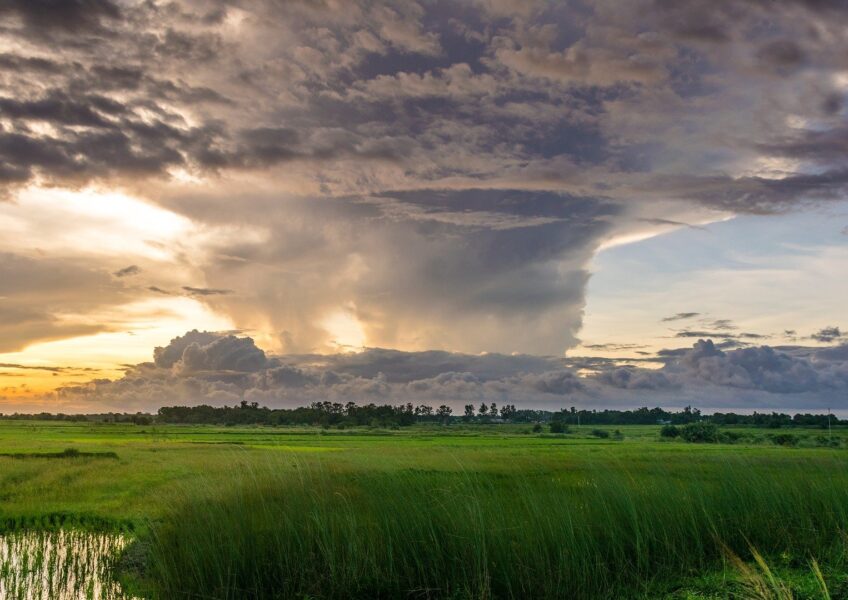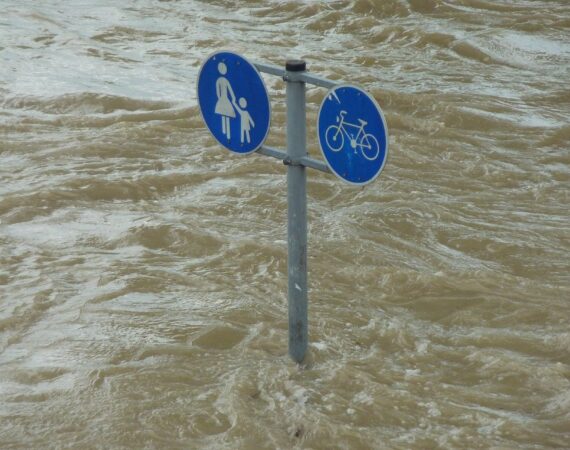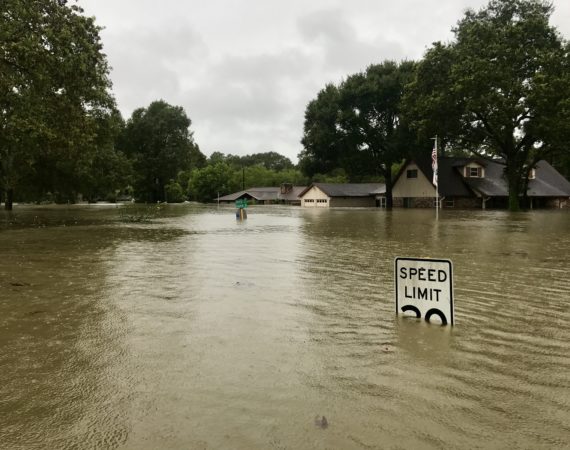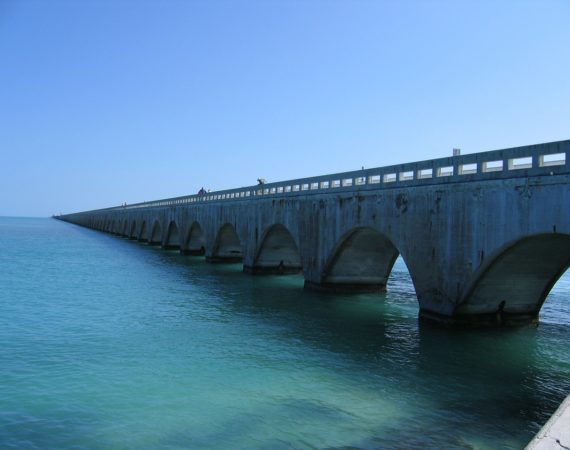Hurricane Ida In Southeastern Louisiana
Southeastern Louisiana experiences hurricane season from June 1 through November 30. In the wake of these disastrous hurricanes, they’ve initiated various procedures to ensure the safety of each individual.
On August 26, a catastrophic Category 4 storm accompanied by winds of 15 mph threatened the safety of Southeastern Louisiana. Hurricane Ida was a deadly hurricane and is ranked the second-most intense and destructive hurricane to strike Louisiana.
Hurricane Ida, its torrential rainfall, and winds of 157 mph wrecked countless buildings and even caused a highway to collapse in Mississippi. It led to numerous fatalities and severe injuries.
Officials are urging people to escape flooded areas to protect themselves from the severity and scale of damage from Hurricane Ida. On Monday, Hurricane Ida caused a widespread power outage and limited phone service across the state.
Despite this, search and rescue teams fanned out to respond to calls by individuals stuck in their houses and cars. Here’s a closer look at Hurricane Ida’s disastrous effects across Southeastern Louisiana:
Devastating Effects of Hurricane Ida
In Jefferson Parish, officials received up to two hundred rescue calls on Sunday. These were from people scared and desperately trying to climb into their attics to avoid the rising floodwater. Consequently, search and rescue crews were anxious to help people.
In the fishing village of Jean Lafitte, search teams were able to rescue more than 70 people by Monday. Unfortunately, authorities confirmed the deaths of a woman and two others due to Hurricane Ida.
Louisiana Lt. Governor Billy Nungesser reported that they received frantic calls to help people from the Jesuit Bend on Sunday since the water was rushing up Highway 23. He said that their efforts, unfortunately, failed.
However, the floodwater did not reach anyone’s home. But individuals were still leaving their homes seeking shelter in the middle of the night.
New Orleans suffered a widespread power outage. In fact, Hurricane Ida knocked out the service of all eight transmission lines delivering electricity across the city. The State’s Health Department spokesman said that the storm led to catastrophic transmission damage across the country. It meant that millions of residents in New Orleans were left without power.
In addition, up to 5 hospitals across the city were either already evacuated or were considering it. Power companies warned the utility customers that it would require them a good while to determine and fix the damage caused by Hurricane Ida. In addition, it would take far longer to restore electricity across the city. As a result, The New Orleans mayor, LaToya Cantrell, urged residents to stay out of the city until everything was back to normal.
To Sum it Up
Hurricane Ida started as Tropical Depression Nine before finding strong winds to upgrade to Tropical Storm Ida. This disastrous hurricane benefitted from Gulf water, enjoying plenty of moist air and torrential winds to evolve from Category 1 to Category 4 within 24 hours.
With maximum sustained winds of 150 mph, Hurricane Ida became a high-end Category 4 hurricane on August 29. Once the hurricane reached ashore, it caused devastation across the state of Louisiana.




